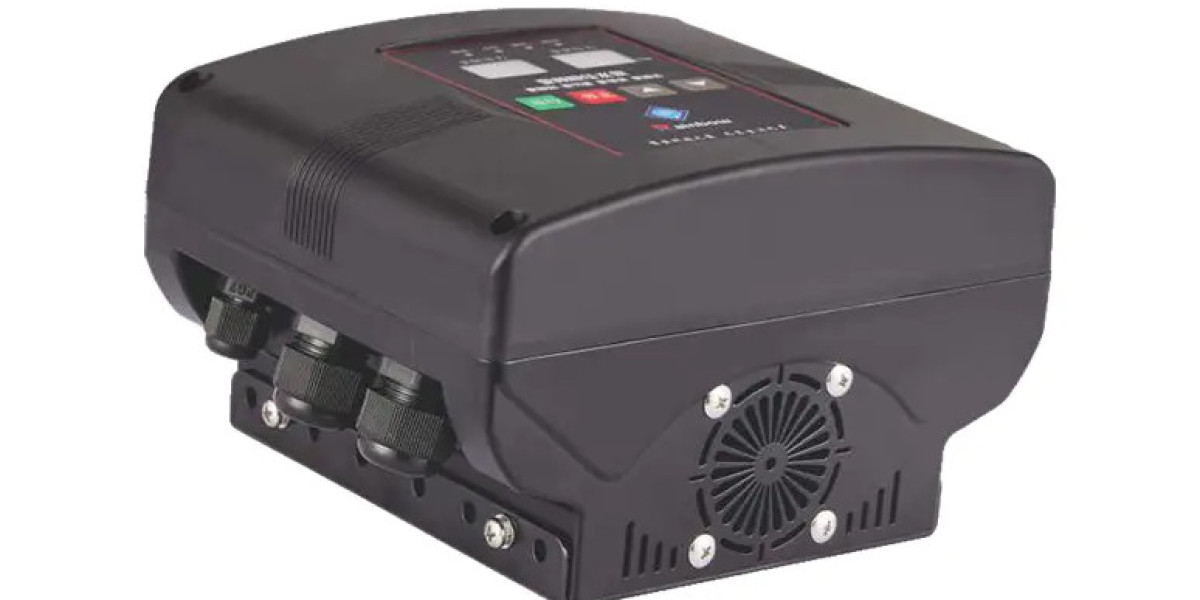High-temperature environments pose unique challenges to mechanical and electrical equipment, particularly those operating continuously, such as water pumps. A common question among users and engineers is whether a Permanent Magnet Water Pump can continue to perform reliably under such conditions. The answer depends on several factors, including design specifications, material selection, and cooling strategies.
Permanent magnet motors are known for their energy efficiency and compact size, but their performance in elevated temperatures requires closer inspection. The key element to consider is the magnets themselves. Most permanent magnets used in these motors are made of rare-earth materials like neodymium, which can begin to lose their magnetic strength if exposed to high temperatures for extended periods. This loss, known as demagnetization, can significantly impact the efficiency and torque of the pump.
However, modern engineering solutions have mitigated many of these risks. High-temperature-rated magnet materials are now widely available and are used specifically in pumps designed for hot environments. These specialized magnets can withstand operating temperatures well above 100°C (212°F), making them suitable for industrial and process applications where ambient heat or fluid temperatures are consistently high.
Thermal management plays a crucial role in maintaining pump performance. Many pump systems include built-in cooling methods—such as air vents, heat sinks, or water jackets—to help regulate internal temperatures and prevent heat buildup around sensitive components. These measures are particularly effective in closed or poorly ventilated spaces, where thermal accumulation could otherwise lead to performance degradation or motor failure.
Another important consideration is the quality of insulation materials used in the motor windings. Pumps built with Class F or Class H insulation can safely operate in environments with ambient temperatures up to 155°C (311°F) or even higher, without risking short circuits or thermal breakdown. This kind of thermal endurance is essential for maintaining both electrical and mechanical reliability over time.
Real-world use cases have demonstrated that properly designed magnet-driven pumps can operate effectively in environments like steel mills, power plants, and desert-based solar facilities. These settings are known for high ambient temperatures and occasional thermal surges, yet magnet-based pump systems have shown long-term stability and durability with minimal performance loss, assuming proper installation and maintenance.
It’s also worth mentioning that the overall system design impacts high-temperature performance. For example, continuous operation in extreme heat requires regular maintenance, including inspection of seals, bearings, and cooling systems. Overlooking such components could lead to friction-related heat buildup, which compounds the thermal load and shortens the pump's service life.
In summary, a magnetically driven water pump can indeed function well in high-temperature environments—provided it’s engineered with temperature-resistant materials, equipped with effective cooling strategies, and maintained regularly. For applications where heat exposure is unavoidable, selecting a pump rated for such conditions is not just advisable—it’s essential for safe, efficient, and long-lasting operation.



